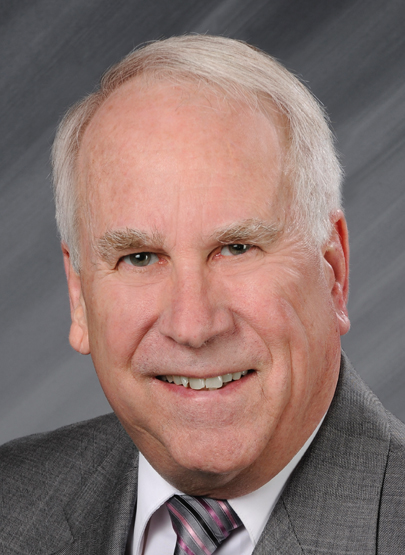Pricing a business for sale requires evaluating its cash flow—another name for a business’s earnings before interest, taxes, depreciation, amortization and owner’s compensation are subtracted. Cash flow is then multiplied by a number that falls within a range appropriate for the industry and market—a number that takes into account other variables that affect the business.
But unlike multimillion dollar enterprises, small businesses often find much of their cash flow goes toward the owner’s compensation (salary and benefits). To accurately determine a small business’s true cash flow, its owner’s total compensation package must be removed from the equation to reveal essential operating expenses and thus avoid undervaluing the business.
The easiest and most widely accepted way to do this is to add all components of the owner’s compensation — things like health insurance premiums, salary, auto lease and profit sharing — to the earnings before interest, taxes, depreciation and amortization (known as EBITDA). Other additions might include non-recurring expenses such as one-time moving expenses; however a seller must be able to prove all the cash flow components. This means any expense he maintains is not business-related or is personal compensation must have a receipt or other validating document supporting the claim.
This revised cash flow sum is multiplied by 2.0 or 3.0 to arrive at a range of business value; if the resulting number is less than the current value of the business’s assets, the asset value then becomes the company’s true value. The cash flow multiple can be increased somewhat if cash flow exceeds $300,000 and even more when it passes $500,000 since more debt can be serviced at that level.
Other factors that can influence the value of a business are age and condition of equipment, real estate owned by the company, age of business and history of profits, among other things.
Here’s a sanity test to employ when trying to decide if a business is fairly priced: After a typical down payment of 30 to 35 percent, the business’s cash flow should be able to retire the balance of the debt while providing the buyer an adequate living wage.
To illustrate this equation, let’s say ABC Inc. has a net profit of $30,000 on sales of $600,000. For an accurate number of this business’s value, consider that the business’s operating expenses include the owner’s salary ($50,000), his health insurance premium ($5,000), his profit sharing ($20,000) and his leased company car ($7,000 per year). Other cash flow components in the operating expenses include interest payments of $10,000, depreciation of $25,000 and amortization of $3,000. When these operating expenses are added to the net profit, the cash flow of this business is a respectable $150,000. Multiply that number by two or three, and ABC Inc. is worth between $300,000 and $450,000.
If the buyer put down $150,000 (one-third) on an offer of $450,000, the debt service would be about $4,528 per month on a seven-year payout at 7 percent annual interest (standard terms). After servicing the $54,300 annual debt, the buyer would still have about $96,000 remaining as his compensation package and return on his initial investment.
Article 123

